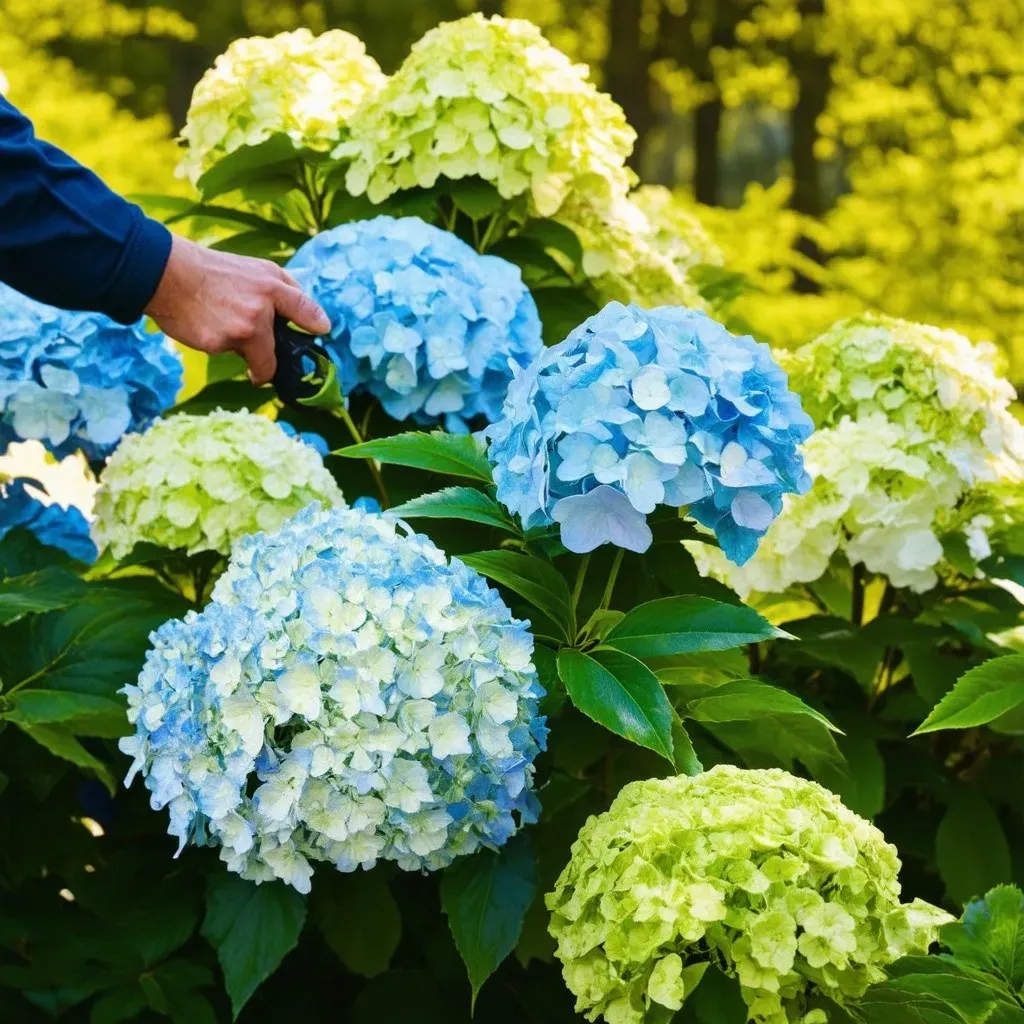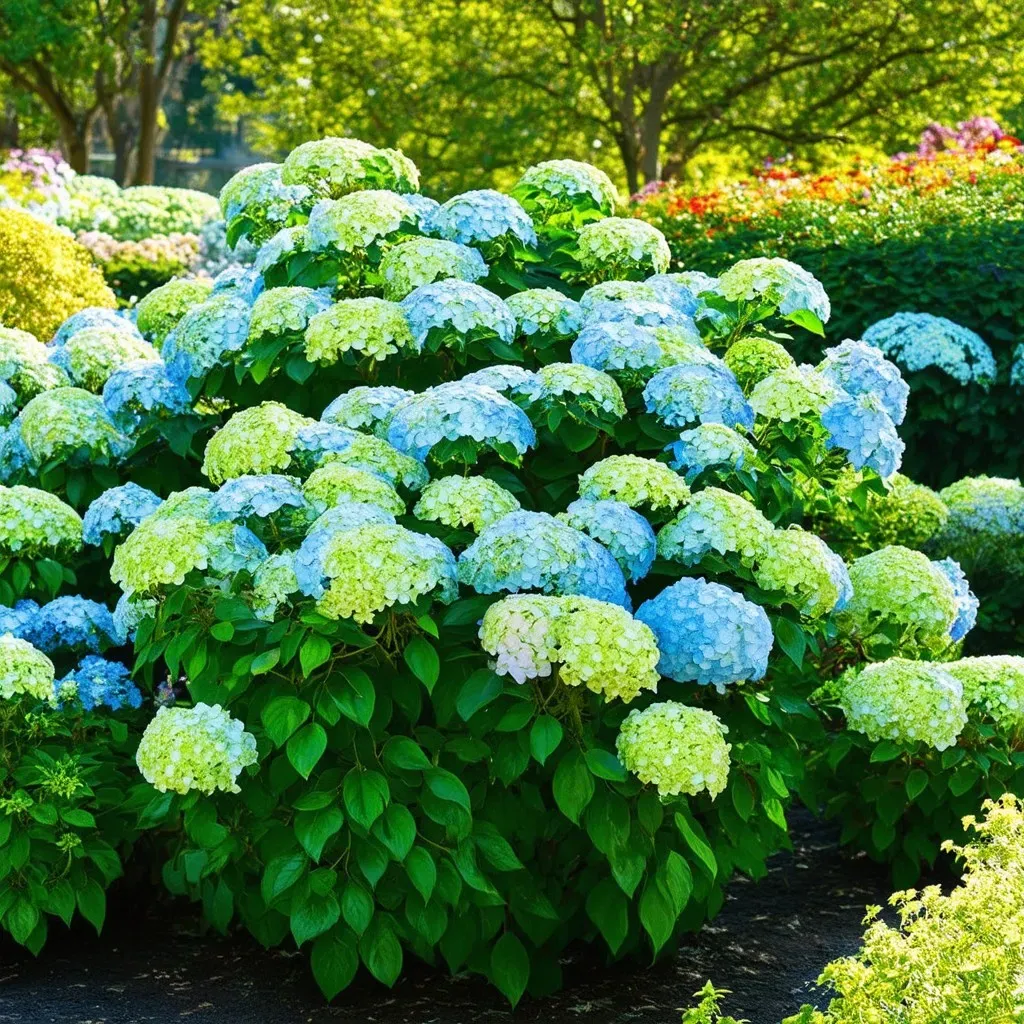When to deadhead limelight hydrangeas is a critical gardening question that can significantly affect the health and beauty of your hydrangea plants. Proper deadheading not only enhances the aesthetic appeal of your garden but also promotes vigorous growth, making your Limelight hydrangeas thrive.
Deadheading involves the removal of spent flower blooms, allowing plants to redirect their energy towards new flower production and overall growth. Limelight hydrangeas (Hydrangea paniculata ‘Limelight’) are known for their stunning cone-shaped blooms that start off green and eventually transition to shades of white and pink. Understanding when to deadhead these beauties is essential for any gardener aiming to maintain their vibrancy.
Ideal Timing for Deadheading Limelight Hydrangeas
The general rule for deadheading limelight hydrangeas is to do so either right after flowering or in early spring before the next growing season begins. Here’s a breakdown of the recommended timing:
-
Right After Blooming: Deadheading can be performed immediately after the flowers begin to fade. This prevents the plant from spending energy on seed production, allowing for a stronger focus on root and foliage development.
-
Early Spring: If you missed the opportunity to deadhead after blooming, late winter or early spring is anOther suitable time. This practice prepares the plant for a new bloom cycle while also ensuring cleanliness.
Benefits of Deadheading Limelight Hydrangeas
-
Increased Flower Production: By cutting back spent blooms, you’re encouraging the hydrangea to produce more flowers, enhancing the plant’s overall aesthetics.
-
Improved Plant Health: Removing dead blooms helps to prevent potential diseases and pests, contributing to a healthier plant.
-
Neater Appearance: Regular deadheading ensures your hydrangeas stay tidy and looking fresh throughout the growing season.
Table: Timing for Deadheading Limelight Hydrangeas
| Timing | Action | Benefits |
|---|---|---|
| Right After Blooming | Remove spent blooms | Enhances new flower growth |
| Early Spring | Cut back stems before new growth begins | Prepares plant for a fresh bloom cycle |
Steps for Deadheading Limelight Hydrangeas
Deadheading might seem straightforward, but following specific steps can yield the best results:
-
Gather Your Tools: Use clean and sharp pruning shears or scissors to prevent damage to the plant.
-
Identify Spent Blooms: Look for brown or wilted flowers; these are ready for removal.
-
Locate Healthy Leaves: Find the first set of healthy leaves on the stem below the spent bloom.
-
Make the Cut: Cut the stem just above the first set of healthy leaves. This ensures the plant has enough foliage to promote growth.
-
Dispose of Dead Blooms: Properly dispose of the cuttings to prevent any potential pest issues.

Does Cutting Hydrangeas Promote More Flowers?
A common gardener’s question is whether cutting hydrangeas promotes more blooms. The answer is a resounding yes! By deadheading, you remove old flowers and encourage the plant to focus its energy on producing new growth and blossoms. This is particularly pertinent for limelight hydrangeas, which bloom on new wood.
The Importance of Healthy Pruning Practices
When deadheading, or pruning in general, it’s vital to use proper techniques, ensuring:
-
Clean Tools: Disinfect your pruning tools before and after use to avoid spreading disease.
-
Peeling or Crushing: Avoid crushing or tearing stems, as this can expose the plant to infection.
Frequently Asked Questions
Can You Prune Limelight Hydrangeas in the Fall?
Pruning limelight hydrangeas in the fall is generally not recommended. It’s preferable to wait until spring. This not only protects the plant over winter by preserving its structure but also ensures you don’t cut off potential flowering shoots.
Should You Deadhead Hydrangeas Before Winter?
While some gardeners advocate for a clean-up before winter, it is usually better to deadhead in early spring. Leaving spent blooms can provide some protection from harsh winter temperatures.
How Often Should I Deadhead My Limelight Hydrangeas?
As a routine practice, it’s best to check your limelight hydrangeas every few weeks during the blooming season. Remove any dead or wilting blooms to maintain the plant’s vigor.
Deadheading Hydrangeas: Can It Be Overdone?
Yes, overzealous deadheading can lead to attracting pests and reducing flowering. Always aim for balance. Too much deadheading may harm the plant’s ability to thrive.
Table: Best Practices for Deadheading Hydrangeas
| Practice | Explanation |
|---|---|
| Clean Tools | Disinfect before and after cuts to prevent disease |
| Cut Above Healthy Leaves | Ensures the plant can produce new growth |
| Regular Checks | Inspect regularly to remove spent blooms |
| Avoid Overhead Cutting | Maintain foliage for protection and growth |
Overall, deadheading limelight hydrangeas at the right times can make a significant difference in the health and visual appeal of your garden. For more detailed guidance, the experts at SmileySprouts offer further insights into the care of these stunning blooms.

Adhering to these practices will not only make your limelight hydrangeas look their best but also ensure they remain a vibrant centerpiece in your garden for years to come.


